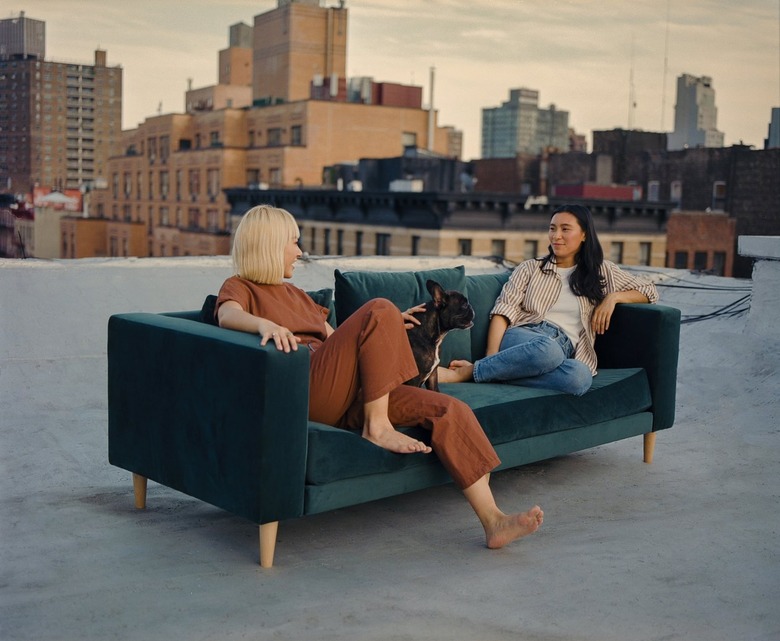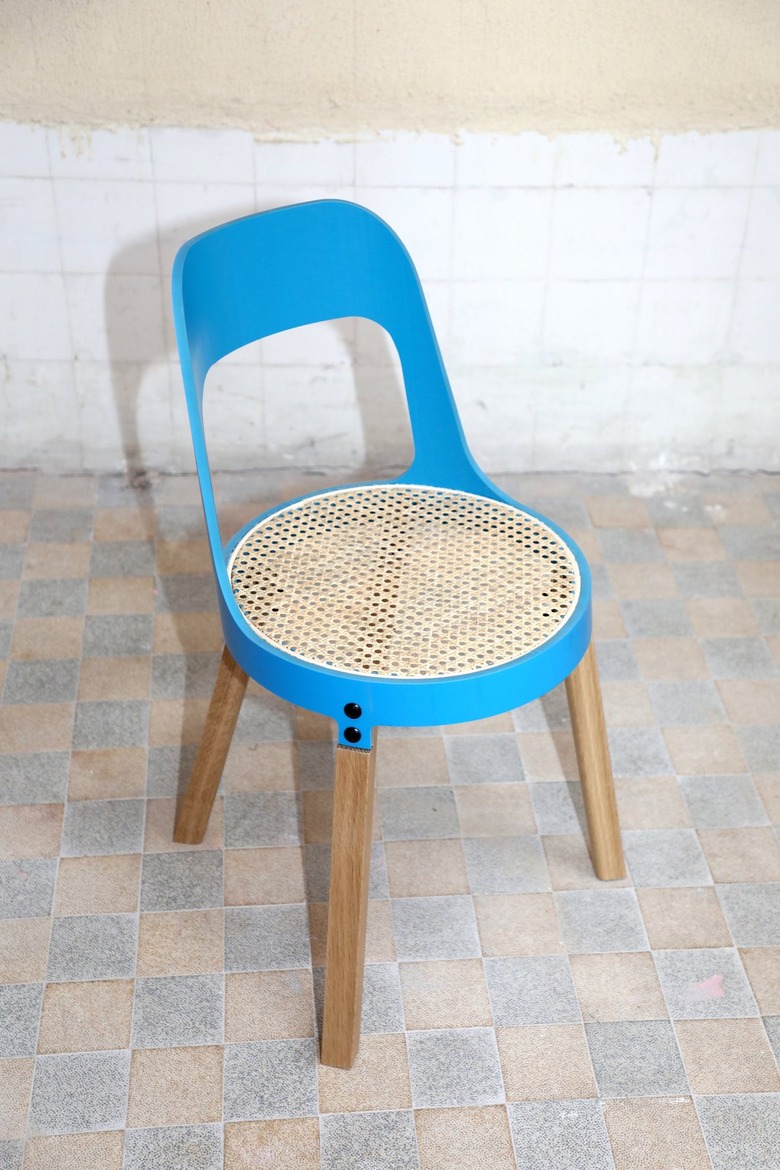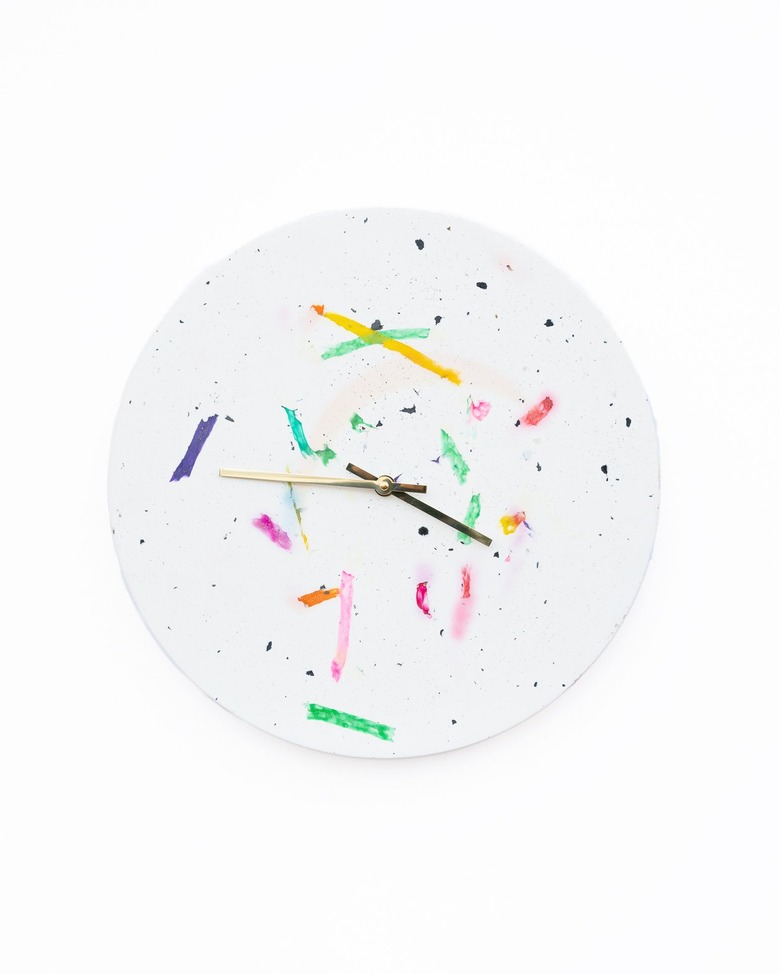Here's How Furniture Designers Are Using Upcycling In Their Work
During a time when environmental concerns are at the forefront, with no globally unified plans to address the crisis, designers are responding with sustainable alternatives, the most popular of which is upcycling.
This growing method of sustainable design prioritizes both aesthetics and eco-conscious responsibility, and it's become trendy for good reason. Using techniques that help restore and revitalize otherwise disposable materials and objects, the innovative process can transform and improve almost any material.
Upcycling uses scraps that are already there, as opposed to recycling. For many consumers, supporting the brands who are spearheading this shift is a choice they can feel proud of. We caught up with three designers who are bringing innovation to brilliantly cycled heights.
Phantila Phataraprasit, co-founder of sustainable furniture brand Sabai Design, is one of the many designers committed to improving the manufacturing process.
"Conscious design means taking into account our impact at every stage of a product's lifecycle and doing everything we can to limit it," Phataraprasit tells Hunker. "We try to incorporate as many sustainable materials into our product as possible — including recycled, upcycled, nontoxic, and biodegradable materials."
Sabai upholsters products using upcycled woven fabric made from a byproduct of refining petroleum called olefin. This byproduct was previously discarded or burned off. The brand currently offers two material options: upcycled poly, made from olefin, which requires almost no land or water for its production, Sabai explains on its website. You can also shop recycled velvet, which is "made from 100% recycled bottles."
The company is empowering a growing movement of consumers who care about their impact on the environment — and are looking for brands who can offer sustainable and affordable choices. Because knowledge is power, Sabai is dedicated to letting its clients in on the behind-the-scenes process.
"Our approach has been transparency," Phataraprasit says. "We don't claim to be perfect, but are doing everything we can and are also constantly incorporating new, innovative materials, practices, and initiatives to limit our impact."
Now more than ever, with environmental stakes at an all-time high, shoppers are committed to ethical consumerism. Naturally, brand transparency is integral to motivating customer trust.
"Many clients have approached me to work on an [upcycling project], but weren't ready to commit in terms of logistics or financially. [But] within a ten-year period, I have seen a significant change among the public," product designer and creative technologist Christophe Machet tells Hunker. Machet re-incarnates industrial and functional materials into beautiful products using unique fabrication methods; these projects include making durable chairs out of wood and PVC pipes.
And while it's no surprise that greenwashing (a type of marketing spin that falsely portrays products as environmentally friendly) has become a rampant technique, many companies are committed to honest design and production practices.
"Nowadays, I think society is getting much more educated about the matter, and brands are less and less able to fake it. That being said, most brands still use sustainability as a marketing tool," says Machet.
More and more customers are doing their research; you can now find plenty of Instagram accounts, for example, dedicated to influencers that focus on eco-conscious shopping. Industry standards are changing and consumers are using their buying power to push for better options for the planet.
"There is a huge demand for upcycled products and the industry is responding to that [with] fine furniture made from recycled materials [and by making] material life-cycles a priority," Simon Anton, co-founder and designer of Thing Thing, a Detroit-based design studio that specializes in transforming industrial materials, tells Hunker. "The difficulty is that plastic is still the go-to material for cheap, disposable single-use items, but there has been a lot of work done in biodegradable plant-based resins and plastics, so hopefully we see this become an industry standard."
Thing Thing uses community plastic waste to create objects that straddle the line between design and art. The company collaborates with artists like Lorena Cruz Santiago, who uses traditional Oaxacan weaving techniques to create beautifully weird hybrid objects fusing craftsmanship and plastic manufacturing.
It has also worked with environmentally conscious organizations like Temple Children, an arts and sustainability organization based in Hilo, Hawai'i, that researches beach plastic. Although an industry-wide shift to upcycling won't happen overnight, material innovation and new design sensibilities are radically transforming the consumer landscape. There's good reason to be optimistic.
"Things are changing in the right direction," says Machet. "New materials and tools are creating new possibilities. With new design languages, a fresh aesthetic starts to emerge, and the sourcing of materials is much less centralized, which means more people can create stuff and be less dependent on [corporations]."
For the many emerging and seasoned designers who have worked to catalyze the vital movement, this work has never been simple. Challenging a disposable market with innately cheap, unethical resourcing practices and taking on profit risks is no small feat.
"The guiding question for our first experiments was how can we turn community waste into something special. The people that support us do so from a very authentic place and we love them for that.," says Simon of Thing Thing.
After all, it's consumers who have made upcycling a global phenomenon — with no signs of slowing down.



